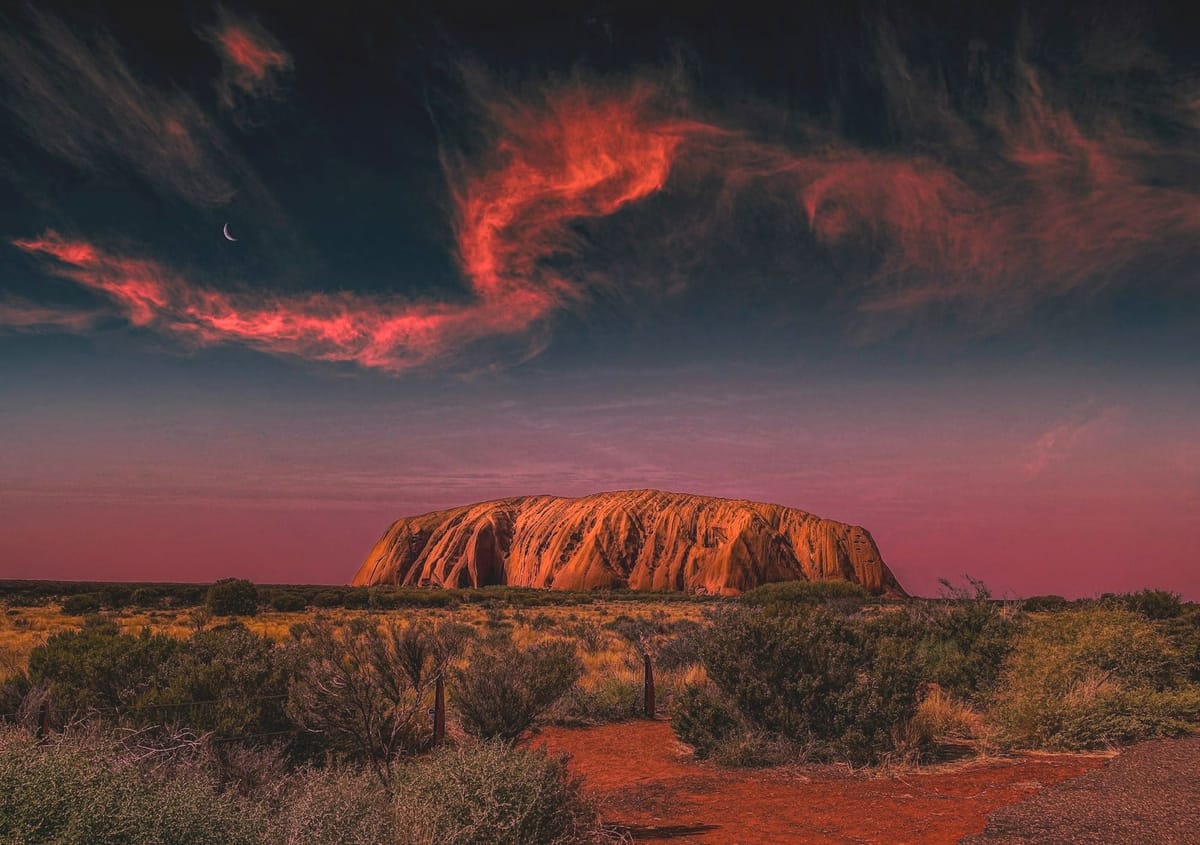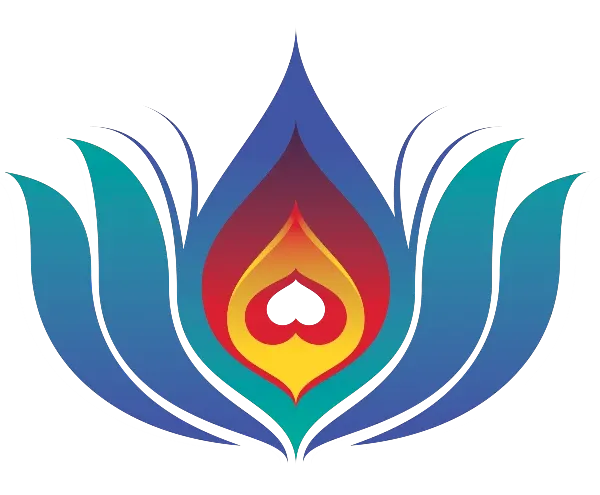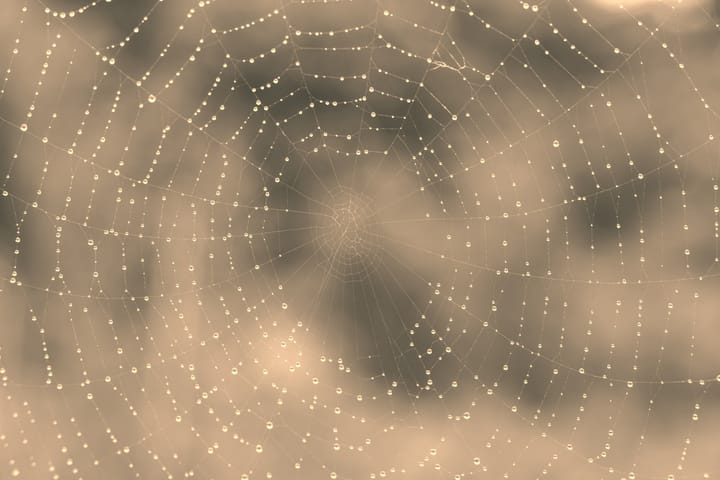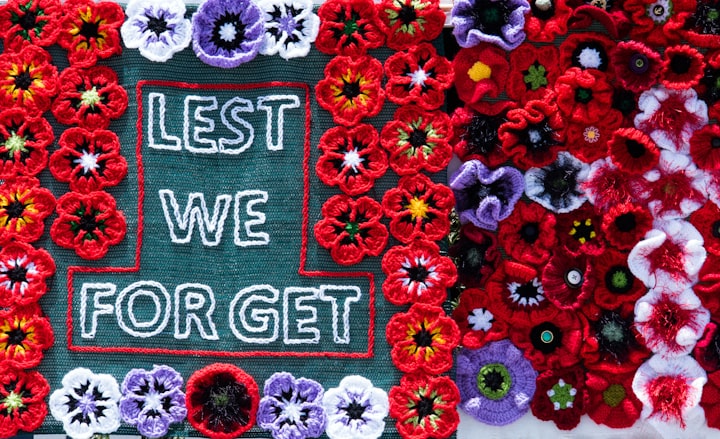From British Colonies to Two Different Destinies.

"Our nation must have the courage to own the truth, to heal the wounds of its past so that we can move on together at peace with ourselves."
In a remarkable coincidence of history, January 26th holds profound significance for two nations across the Indian Ocean. For India, it's a day of celebration. For Australia, it's a date that sparks both pride and reflection.
India's Day of Democracy
Each year on January 26th, New Delhi's Kartavya Path transforms into a magnificent spectacle of India's pride and power. This year India celebrated its 76th Republic Day on Sunday, January 26, 2025. Military parades showcased the nation's strength, while cultural performances painted a vibrant picture of the world's largest democracy. As tanks rolled down the boulevard and fighter jets painted the sky in tricolour smoke, modern India displayed the confidence of a sovereign nation.
This grand celebration echoes with the spirit that forged India's freedom. When the constitution came into effect on January 26, 1950, it represented the triumph of multiple revolutionary paths that led to independence.

Netaji Subhas Chandra Bose's call of "Delhi Chalo" (March to Delhi) with his Indian National Army (INA) still resonates in today's military display. His famous declaration, "Give me blood, and I shall give you freedom," transformed the independence movement by demonstrating India's capacity for military resistance. The subsequent INA trials sparked the Naval Mutiny of 1946, marking the beginning of the end for British rule.
Decades earlier, Lokmanya Bal Gangadhar Tilak had awakened the nation's consciousness with his thunderous assertion: "Swaraj is my birthright, and I shall have it." His strategy of combining cultural revival with political resistance created the foundation for mass mobilisation. The festivals he promoted, like Ganesh Chaturthi and Shivaji Jayanti, became powerful symbols of national unity that continue to be celebrated today.
In the cellular jail of Andaman, Veer Savarkar's revolutionary vision took shape through his powerful writings. Despite the incredibly cruel imprisonment meted to him by the British Government, his writings sparked new ideas of nationalism and independence and his strategic thinking influenced generations of freedom fighters.
Today the ceremonial grandeur of modern celebrations carries within it the echo of revolutionary footsteps that paved the way to democracy.
Australia's Complex Story
Across the ocean, January 26th tells a different tale. Modern celebrations paint a picture of national pride: sun-drenched beaches fill with families enjoying barbecues, while citizenship ceremonies welcome new Australians into the fold. The Sydney Ferrython has become an iconic spectacle, with decorated ferries dancing across the harbour waters. From Perth to Brisbane, communities gather for local events, and as night falls, spectacular fireworks illuminate skies across the nation.
Yet this date's path to becoming Australia's national day reveals a complex evolution of national identity. The early 20th century saw Australian states celebrating their nationhood on different dates, reflecting the young federation's developing sense of self. Western Australia marked the colony's foundation on July 30th, while other states chose various dates in January or February. This disparity highlighted the challenge of finding a unified narrative for a vast continent.
It wasn't until 1935, during the nation's 150th anniversary celebrations, that states unified under the "Australia Day" banner for January 26th. Even then, the day's significance varied across regions. The relatively recent formalisation of January 26th as a consistent national public holiday in 1994 demonstrates how young some of Australia's national day traditions truly are.
The First Fleet's Impact
The date commemorates a remarkable maritime undertaking that would reshape a continent. In 1788, eleven ships under Captain Arthur Phillip's command completed an epic 252-day journey, covering more than 24,000 kilometers from Portsmouth, England. The fleet comprised two Royal Navy vessels, six convict transports, and three store ships, carrying not just 1,400 souls but the seeds of European civilisation - both literally and metaphorically.

Britain's decision to establish a colony stemmed from an intricate web of political, economic, and imperial ambitions. The loss of the American colonies in 1783 had created an urgent crisis in Britain's penal system, with dangerous overcrowding in prisons and soaring crime rates due to urban poverty. The Crown also sought to prevent French expansion in the Pacific, viewing Australia as a strategic checkpoint in the region.
The economic potential proved equally compelling. Australia's natural resources, particularly its timber for shipbuilding, promised immediate returns. The continent's position offered control over lucrative Pacific trade routes, while its vast lands held promise for agricultural expansion, especially wool production. The surrounding waters teemed with opportunities for whaling and sealing industries.
From an imperial perspective, the colony would serve as a powerful statement of British naval presence in the Pacific. New trading ports would support commercial expansion, while the settlement would firmly assert British claims against other European powers.
A Different Perspective
For Indigenous Australians, whose sophisticated societies had stewarded the continent for over 50,000 years, January 26th, 1788, marked the beginning of a profound trauma that continues to echo through generations. More than 500 distinct nations, each with their own languages and cultural practices, faced an unprecedented disruption to their way of life.

The impact was swift and devastating. Within months of the First Fleet's arrival, smallpox swept through Indigenous communities around Sydney, claiming more than half the population. As settlers fenced off land and introduced foreign livestock, traditional food sources vanished. Sacred hunting grounds became forbidden territory, while ancient ceremonial sites faced desecration or destruction.
The cultural devastation ran deep. Ancient ceremonies, the heartbeat of Indigenous societies, were interrupted or banned outright. Languages began disappearing as communities dispersed under pressure from settlement. The transmission of traditional knowledge, passed down through generations, faced severe disruption as complex social systems buckled under unprecedented pressures.
The long-term consequences proved catastrophic. By 1900, some regions had lost up to 90% of their Indigenous population. Traditional food gathering became impossible as settlers claimed more territory, forcing communities into dependence on European supplies. The separation of children from their families created deep wounds in cultural continuity, while sacred knowledge systems faced extinction.
The environmental impact compounded these challenges. European farming methods degraded ancient soil systems, while native wildlife populations plummeted under new hunting pressures. Traditional fire management practices, refined over millennia, were disrupted, fundamentally altering the landscape. Water sources, once pristine, became polluted or restricted.
Many Australians observe January 26th as "Invasion Day" or "Survival Day." Dawn ceremonies honour ancestors who resisted colonisation, while protests highlight ongoing inequalities. Community gatherings celebrate the remarkable survival of culture despite immense challenges. The day has evolved into a focal point for crucial discussions about sovereignty, constitutional recognition, and the path toward genuine reconciliation.
The Journey Toward Indigenous Recognition
Australia's path toward reconciliation faced a significant moment in 2023 with the Indigenous Voice to Parliament referendum. This proposed constitutional change emerged from a deep historical context and years of Indigenous advocacy for meaningful representation in decisions affecting their communities.
The story begins with the Uluru Statement from the Heart in 2017, when Indigenous leaders gathered at the sacred site of Uluru to articulate their vision for recognition. They called for a constitutionally enshrined Voice to Parliament - a formal mechanism through which Indigenous Australians could advise the government on policies and issues affecting their communities.
This proposal represented more than just a symbolic gesture. It aimed to address generations of underrepresentation and marginalisation, offering Indigenous peoples a structured way to influence laws and policies that directly impact their lives. Advocates saw the Voice as a practical step toward improving living conditions and outcomes for Indigenous communities.
The campaign gained momentum in 2020, building toward a national referendum held on October 14, 2023. However, despite years of advocacy and public discussion, the Australian people voted against the constitutional change. This outcome highlighted the ongoing challenges in achieving meaningful recognition and representation for Indigenous Australians.

Learning From Each Other: A Path Forward
Today, these distinct histories offer unique opportunities for both nations to learn from each other's experiences. Australia's systematic approach to truth-telling and reconciliation, though challenging and ongoing, provides valuable lessons about confronting historical injustices. The establishment of Victoria's Yoorrook Justice Commission in 2021, Australia's first comprehensive truth-telling process, marked a significant step forward in addressing colonial history's impact on Aboriginal and Torres Strait Islander peoples.
Australia's truth-telling journey operates on multiple levels. Community-based initiatives across the country have helped shift national narratives about colonial history. Universities, like the University of Melbourne with its Truth and Dialogue Centre, are examining their relationships with First Peoples. These efforts connect to broader reconciliation initiatives, including Voice and Treaty, as outlined in the historic Uluru Statement from the Heart. The focus extends beyond acknowledgement to education, providing fuller accounts of Australia's history while recognising both historical violations and Indigenous peoples' contributions.
Although India has been rapidly achieving incredible and unimaginable heights, it has never really had the opportunity to come to terms with the underlying transgenerational trauma. The waves of colonisation that swept across Bharat - from ancient times through Islamic and British era - have left deep impacts on indigenous populations.

India could draw valuable lessons from Australia's structured approach to historical reconciliation. Establishing similar truth-telling commissions could help acknowledge and heal these historical wounds, giving voice to communities whose stories remain untold. The combination of formal commissions, community initiatives, and academic involvement could provide a framework for India to address its own colonial legacy and begin the process of uncolonising the minds and decolonising the lands.
Conversely, Australia could look to India's remarkable achievement in forging unity among diverse populations, particularly through constitutional mechanisms. India's reservation system offers a powerful example of how institutional frameworks can address historical inequalities. Embedded within India's constitution, this comprehensive affirmative action policy provides marginalised communities with representation in education, employment, and political institutions.
This systematic approach to inclusion, combined with India's success in maintaining democratic harmony among numerous languages, religions, and cultural traditions, offers valuable insights for Australia's journey toward Indigenous recognition and meaningful representation. India's experience demonstrates how constitutional recognition of diversity, backed by concrete institutional arrangements, can strengthen rather than fragment national identity.
In time, one hopes, January 26th becomes not just a date of historical significance, but a bridge between two modern cultures and ancient civilisations.
References:
- 1News. ‘Australia Day or Invasion Day? The Debate Dividing a Nation’. https://www.1news.co.nz/2025/01/26/australia-day-or-invasion-day-the-debate-dividing-a-nation/.
- ‘2023 Australian Indigenous Voice Referendum’. In Wikipedia, 24 January 2025. https://en.wikipedia.org/w/index.php?title=2023_Australian_Indigenous_Voice_referendum&oldid=1271510189.
- Calma, Tom. ‘Opinion: Australia’s National Day Should Be One of Pride. Instead It Commemorates an Invasion’. CNN, 25 January 2022. https://www.cnn.com/2022/01/25/opinions/australia-day-january-26-change-date-calma/index.html.
- ConstitutionNet. ‘Reconciliation Rejected: Is Constitutional Change Possible after the Voice Referendum in Australia?’ http://constitutionnet.org/news/reconciliation-rejected-constitutional-change-possible-after-voice-referendum-australia.
- Hindustan Times. ‘Republic Day 2025 LIVE Updates: President Murmu, PM Modi to Attend Grand Kartavya Path Parade Today’, 26 January 2025. https://www.hindustantimes.com/india-news/republic-day-2025-parade-live-updates-pm-narendra-modi-speech-president-mumru-chief-guest-subianto-76th-rd-parade-route-101737849726449.html.
- India, Ideas For. ‘Design Choices for Implementing Affirmative Action’. Ideas For India. http://www.ideasforindia.in/topics/governance/design-choices-for-implementing-affirmative-action.html.
- ‘Indigenous Rights & the Voice | Australian Human Rights Commission’. https://humanrights.gov.au/our-work/aboriginal-and-torres-strait-islander-social-justice/indigenous-rights-voice.
- ‘Reconciliation | Indigenous’. https://www.indigenous.gov.au/reconciliation.
- Reconciliation Australia. ‘Reconciliation and Truth-Telling’. https://www.reconciliation.org.au/our-work/truth-telling/
- ‘Republic Day 2025 | MyGov.In’. https://www.mygov.in/campaigns/republic-day-2025/.
- ‘Republic Day Celebration 2025 - Celebrations - Know India: National Portal of India’. https://knowindia.india.gov.in/republic-day-celebration/celebrations.php.
- Studies, Australian Institute of Aboriginal and Torres Strait Islander. ‘The 1938 Day of Mourning’, 20 January 2023. https://aiatsis.gov.au/explore/day-of-mourning.
- ‘The First Fleet Arrives at Sydney Cove | Australia’s Defining Moments Digital Classroom | National Museum of Australia’. https://digital-classroom.nma.gov.au/defining-moments/first-fleet-arrives-sydney-cove.



Comments ()